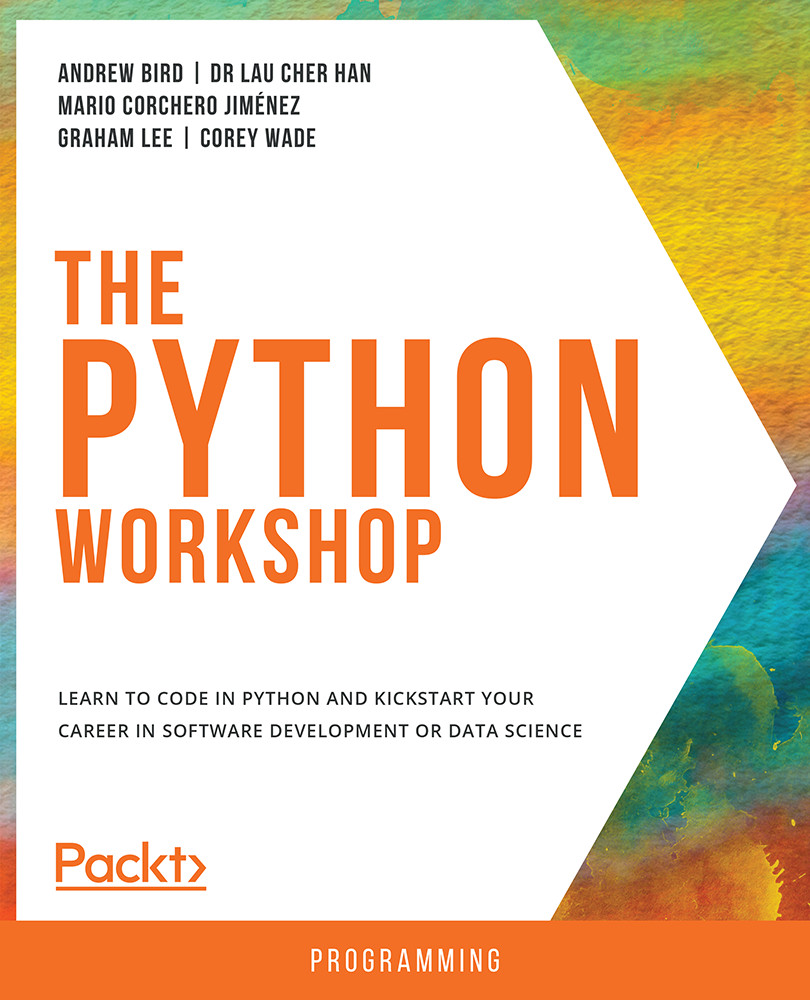Scripts often need input from their user in order to make certain choices about what the script does or how it runs. For instance, consider a script to train a deep learning network used for image classification. A user of this script will want to tell it where the training images are, what the labels are, and may want to choose what model to use, the learning rate, where to save the trained model configuration, and other features.
It's conventional to use command-line arguments; that is, values that the user supplies from their shell or from their own script when running your script. Using command-line arguments makes it easy to automate using the script in different ways and will be familiar to users who have experience of using the Unix or Windows command shells.
Python's standard library module for interpreting command-line arguments, argparse, supplies a host of features, making it easy to add argument handling to scripts...



 Free Chapter
Free Chapter

